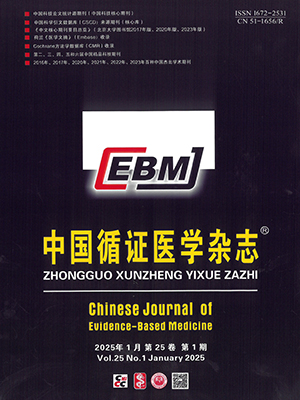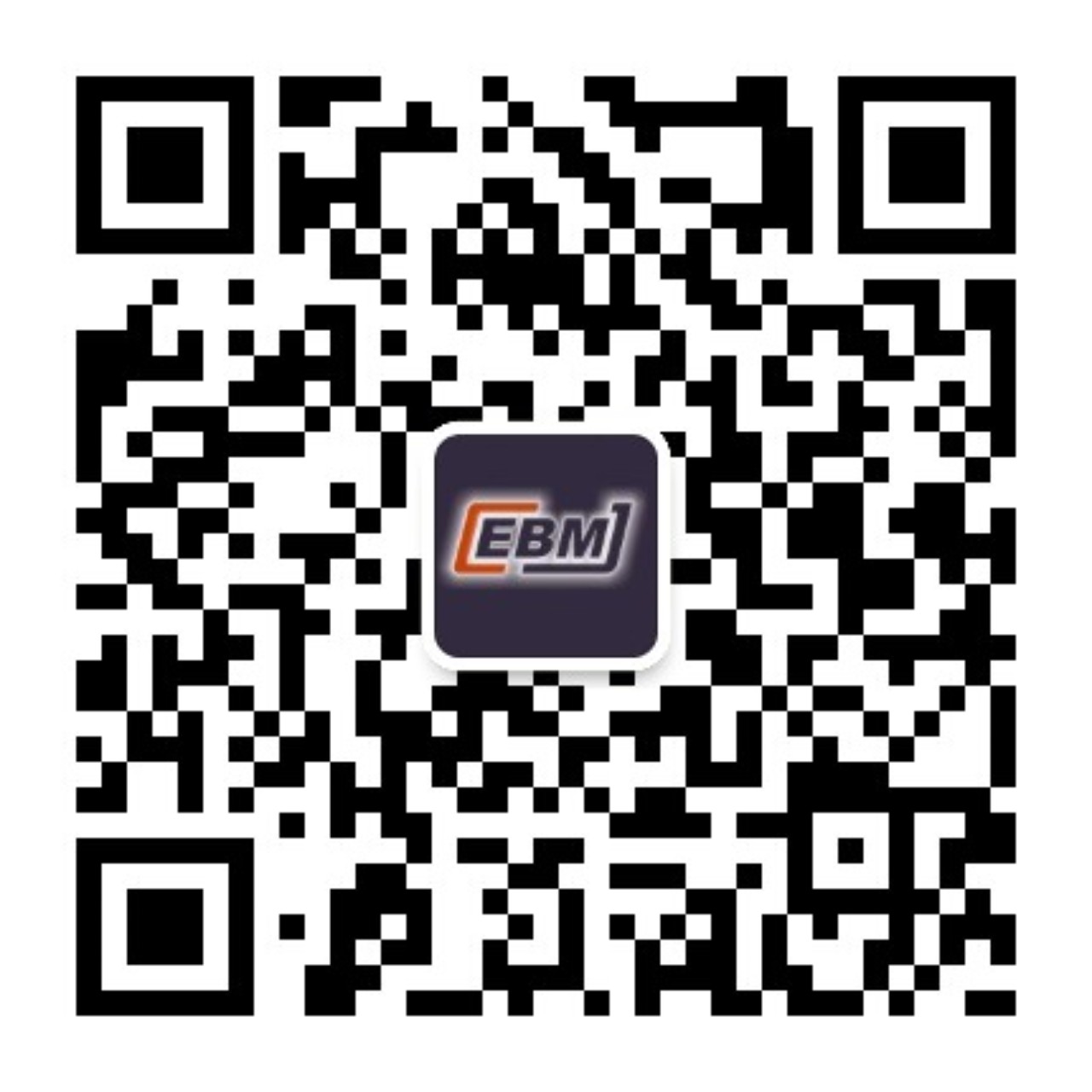| 1. |
Naccarelli GV, Varker H, Lin J, et al. Increasing prevalence of atrial fibrillation and flutter in the United States. Am J Cardiol, 2009, 104(11):1534-1539.
|
| 2. |
Camm AJ, Kirchhof P, Lip GY, et al. Guidelines for the management of atrial fibrillation. Eur Heart J, 2010, 31(19):2369-2429.
|
| 3. |
Fuster V, Rydén LE, Cannom DS, et al. 2011 ACCF/AHA/HRS Focused Updates Incorporated Into the ACC/AHA/ESC 2006 Guidelines for the Management of Patients With Atrial Fibrillation A Report of the American College of Cardiology Foundation/American Heart Association Task Force on Practice Guidelines Developed in partnership with the European Society of Cardiology and in collaboration with the European Heart Rhythm Association and the Heart Rhythm Society. J Am Coll Cardiol, 2011, 57(11):101-198.
|
| 4. |
Calkins H, Kuck KH, Cappato R, et al. 2012 HRS/EHRA/ECAS Expert Consensus Statement on Catheter and Surgical Ablation of Atrial Fibrillation:Recommendations for Patient Selection, Procedural Techniques, Patient Management and Follow-up, Definitions, Endpoints, and Research Trial Design. Heart Rhythm, 2012, 9(4):632-696.
|
| 5. |
Camm AJ, Lip GYH, De Caterina R, et al. 2012 focused update of the ESC Guidelines for the management of atrial fibrillation:An update of the 2010 ESC Guidelines for the management of atrial fibrillation Developed with the special contribution of the European Heart Rhythm Association. Eur Heart J, 2012, 33(21):2719-2747.
|
| 6. |
黄从新, 张澍, 马长生, 等. 心房颤动:目前的认识和治疗建议-2012. 中华心律失常学杂志, 2012, 16(4):246-289.
|
| 7. |
Rodgers M, McKenna C, Palmer S, et al. Curative catheter ablation in atrial fibrillation and typical atrial flutter:systematic review and economic evaluation. Health Technol Assess, 2008, 12(34):1-198.
|
| 8. |
Assasi N, Blackhouse G, Xie F, et al. Ablation procedures for rhythm control in patients with atrial fibrillation:clinical and cost-effectiveness analyses. Ottawa:Canadian Agency for Drugs and Technologies in Health (CADTH), 2010.
|
| 9. |
Papaioannou D, Rafia R, Rathbone J, et al. Rituximab for the first-line treatment of stage Ⅲ-IV follicular lymphoma (review of Technology Appraisal No. 110):a systematic review and economic evaluation. Health Technol Assess, 2012, 16 (37):1-253.
|
| 10. |
McKenna C, Palmer S, Rodgers M, et al. Cost-effectiveness of radiofrequency catheter ablation for the treatment of atrial fibrillation in the United Kingdom. Heart, 2009, 95(7):542-549.
|
| 11. |
Chan PS, Vijan S, Morady F, et al. Cost-effectiveness of radiofrequency catheter ablation for atrial fibrillation. J Am Coll Cardiol, 2006, 47(12):2513-2520.
|
| 12. |
Blackhouse G, Assasi N, Xie F, et al. Cost-Effectiveness of Catheter Ablation for Rhythm Control of Atrial Fibrillation. Int J Vasc Med, 2013, 31(28):1-13.
|
| 13. |
Krittayaphong R, Raungrattanaamporn O, Bhuripanyo K, et al. A randomized clinical trial of the efficacy of radiofrequency catheter ablation and amiodarone in the treatment of symptomatic atrial fibrillation. J Med Assoc Thai, 2003, 86(Suppl 1):S8-16.
|
| 14. |
Pappone C, Augello G, Sala S, et al. A randomised trial of circumferential pulmonary vein ablation versus antiarrhythmic drug therapy in paroxysmal atrial fibrillation. J Am Coll Cardiol, 2006, 48(11):2340-2347.
|
| 15. |
Wazni OM, Marrouche NF, Martin DO, et al. Radiofrequency ablation vs antiarrhythmic drugs as first-line treatment of symptomatic atrial fibrillation:a randomized trial. JAMA, 2005, 293(21):2634-2640.
|
| 16. |
Bertaglia E, Stabile G, Senatore G, et al. A prospective, randomized, and controlled study on effect of Catheter Ablation for the Cure of Atrial Fibrillation Study. American College of Cardiology Annual Synposium; Orlando, 2005.
|
| 17. |
Forleo GB, Mantica M, deLucaetal L. Catheter ablation of atrial fibrillation in patients with diabetes mellitus type 2:results from a randomized study comparing pulmonary vein isolation versus antiarrhythmic drug therapy. J Cardiovasc Electrophysiol, 2009, 20(1):22-28.
|
| 18. |
Jais P, Cauchemez B, Macle L, et al. Catheter ablation versus antiarrhythmic drugs for atrial fibrillation:the A4 study. Circulation, 2009, 118(24):2498-2550.
|
| 19. |
Wilber DJ, Pappone C, Neuziletal P. Comparison of antiarrhythmic drug therapy and radiofrequency catheter ablation in patients with paroxysmal atrial fibrillation:a randomized controlled trial. J Am Med Assoc, 2010, 303(4):333-340.
|
| 20. |
Department of Health. Reference costs. Leeds:DH, 2005.
|
| 21. |
Stewart S, Murphy N, Walker A, et al. Cost of an emerging epidemic:an economic analysis of atrial fibrillation in the UK. Heart, 2004, 90(3):286-292.
|
| 22. |
Khaykin Y, Morillo CA, Skanes AC, et al. Cost comparison of catheter ablation and medical therapy in atrial fibrillation. J Cardiovasc Electrophysiol, 2007, 18(9):907-913.
|
| 23. |
Ontario Case Costing Initiative (OCCI), OCCI Costing Analysis Tool, Ontario Case Costing Initiative, Toronto, Canada, 2010.
|
| 24. |
National Institute for Clinical Excellence. Guidance to the methods of technology appraisal. National Institute for Clinical Excellence (NICE), 2004.
|
| 25. |
宗欣, 孙利华. 从多国视角看成本效果阈值的应用现状. 中国药事, 2011, 25(8):768-771.
|
| 26. |
高迎春, 赵平, 贺利平, 等. 阵发性房颤经导管射频消融与药物治疗的对比评价. 中国循证心血管医学杂志, 2014, 6(5):555-557.
|
| 27. |
《中国药物经济学评价指南》课题组. 中国药物经济学评价指南(2011版). 中国药物经济学, 2011, 6(3):6-47.
|




